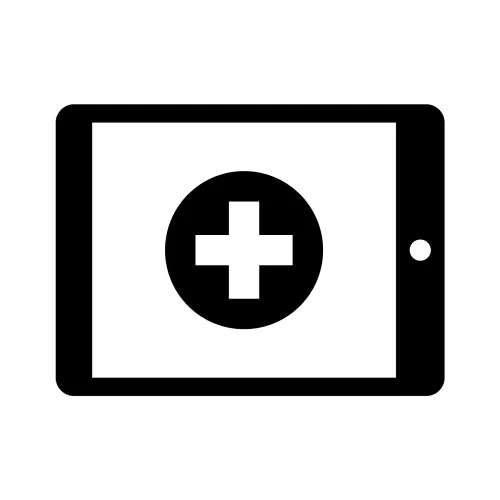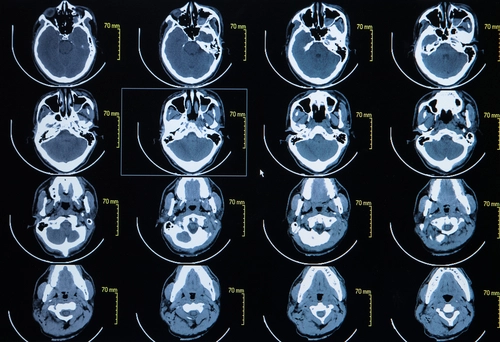Try Out These 2 Demanding ICD-10-CM Surgical Setting Scenarios

Use all guidelines at your disposal for post-surgical complications Getting to the bottom of a complicated and nuanced diagnosis requires patience and discipline. Patience is a necessity because the path that leads you to the correct ICD-10-CM code isn’t always a straight one. Discipline, on the other hand, is vital because you’ve got to maintain a strict adherence to ICD-10-CM guidelines as you work your way through the alphabetic index and tabular. As is the case with many facets of diagnosis coding, sometimes the best way to sharpen and refine your skill set is to tackle a few examples head-on. Put your patience and discipline to the test by working your way through the following two challenging diagnostic coding scenarios. Let Index, Descriptors Lead the Way Example Diagnosis 1: Nerve decompression surgery of the left foot to treat lateral dorsal cutaneous nerve neuritis. A diagnosis of lateral dorsal cutaneous nerve neuritis is a handful to say out loud, but fortunately the coding process doesn’t prove as daunting so long as you know how to maneuver through the ICD-10-CM index. First, you’ll want to identify the area affected. If you’re unfamiliar with nerve anatomy in the foot, you could get tripped up by the word cutaneous. In this instance, the term cutaneous is not a supplementary descriptive term, but rather an inherent part of the affected nerve: the lateral dorsal cutaneous nerve. Understanding these kinds of semantics may be important when navigating through the ICD-10-CM in search of key terms and sub terms. Since neuritis is the underlying condition, that’s where you’ll begin your search in the alphabetic index. Under Neuritis, you should home in on two competing sub terms: peripheral (nerve) and specified nerve NEC. Technically, both of these options are correct. Remember that any words in the index enclosed by parentheses are considered supplementary terms. This means that when applicable, they should be factored into your diagnostic search. If you didn’t have a more specific diagnostic keyword available, you’d be correct to continue on this route to ultimately report G62.9 (Polyneuropathy, unspecified). However, further down the list, you’re presented with a sub term that offers a slightly better representation of your diagnosis. Choosing “specified nerve NEC” will lead you to your final diagnosis of G58.8 (Other specified mononeuropathies). With the next diagnostic scenario, you’re going to have to take multiple variables into account in order to reach the correct diagnosis or diagnoses. As you’ll see, when it comes to surgical complications, there are guidelines in place to help lead the way to the most correct code. Work Within Frame of ICD-10-CM Complications Guidelines Example Diagnosis 2: Hepatic portal vein gas following colonoscopy. You’re now looking at a diagnosis that’s the result of a colonoscopy — otherwise known as a complication. Hepatic portal vein gas is a serious condition that’s a known, albeit rare, side effect of colonoscopies. The diagnosis is somewhat self-explanatory, describing a condition that results from the influx of intestinal gas into the portal venous circulation. As for the coding of this diagnosis, you’ll have to take into account two considerations: the diagnosis itself and the complication. Since the alphabetic index won’t lead you directly to Gas ⇒ vein, you’ll have to consider alternative approaches. Instead, you’ll have to resort to finding a more generalized diagnosis using the key term Disease. However, you’re not looking for a disease of the liver. Rather, you’re in search of a disease afflicting the hepatic vein. Unfortunately, the index won’t let your search extend beyond Disease ⇒ vein. This results in diagnosis code I87.9 (Disorder of vein, unspecified). Coder’s note: While the index directly leads you to I87.9, you should take the following expert advice as to why I87.8 (Other specified disorders of veins) is actually the correct diagnosis code. “While the alphabetic index will direct you to the right neighborhood for a code, it is still incumbent upon the coder to review the code in context,” says Sheri Poe Bernard, CPC, of Poe Bernard Consulting in Salt Lake City. Poe Bernard further explains that the Official Guidelines instruct (I.A.c.9.), stating the following: “In this case, we know the specific diagnosis, but there is no unique code in the classification for describing portal vein gas. Because we have that information, it would be inappropriate to report ‘unspecified,” explains Bernard. Your coding duties don’t stop here, though. While you understand that the hepatic portal vein gas is a complication of the colonoscopy, you first want to make sure there’s enough documentation to support that. As the ICD-10-CM guidelines explain, that means more than documentation detailing a cause-and-effect relationship. The provider needs to specifically document the condition as a complication of the surgery: The next step in the process is taking into account the following guideline that elaborates on the sequencing of the complication code and the condition code: As the guidelines explain, you should be reporting the complication code as the primary diagnosis. As you’ll see, you’ll be reporting the appropriate complication diagnosis using a K code, not a T code — but that doesn’t mean you shouldn’t still report the condition as a secondary diagnosis. If you must resort to using a T code to identify the complication, ICD-10-CM guidelines mandate a secondary code. While it’s technically optional in this scenario, you should still make it a point to report the condition as a secondary diagnosis for documentation purposes. As for the coding, in an ideal world, you’d be able to find the sub term “Colonoscopy” under keyword “Complication(s) (from) (of).” However, in lieu of the specific operation as a sub term, you can reach the next best alternative by looking up Complication(s) (from) (of) ⇒ gastrointestinal ⇒ postoperative ⇒ specified NEC to arrive at K91.89 (Other postprocedural complications and disorders of digestive system).




